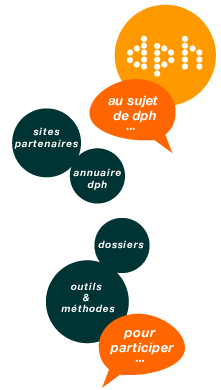The Loan Scheme of the People’s Rural Development Association in Sri Lanka
(Le système de crédit de l’association de développement rural populaire au Sri Lanka)
07 / 1994
The People’s Rural Development Association (PRDA)is a non governmental organisation working in rural areas in Sri Lanka. PRDA aims at poverty alleviation and rural economic growth through the creation of viable and sustainable rural economic enterprises.
Implemented in 1989, PRDA has created 818 new employment opportunities in 25 villages.(1992 statistics). PRDA works in two systems in its disbursement of credit. One, at grassroots level where credit is disbursed to grassroots organisations and the other at a more formal level where credit is disbursed to individuals through commercial banks.
The selection of loanees differs at the two levels and PRDA follows a distinct approach at each level.
At the grassroots level, selection of loanees is done entirely by the target groups. At this level, PRDA initiates the scheme by identifying a target area and mobilising target groups to form themselves into groups known as "Parishramaya". Credit is disbursed to these groups and the credit reaches the target group through the Parishramaya.
At this level, PRDA’s target group includes rural, low income families. Of these some are small landowners, others landless. Some are labourers in temporary employment, some farmers and others in permanent employment doing menial work.
The majority of the families in PRDA’s target area are poor and automatically falls into the target area.
The process of selecting loanees is interesting in that PRDA officials have no authority over and therefore do not participate in the selection process. It is done entirely by the beneficiaries.
When PRDA officials identify a target area, the target group is motivated to organise themselves into groups. This is not to entr the credit scheme straight away but to come together, meet and confer to solve problems arising in the village. The target groups are taught by PRDA officials the need for villagers to unite if some change is to be made in the village.
PRDA next uses the informal approach of observing and assisting the target group to function as a group and then promotes persons displaying leadership qualities to head the group. The leaders are then trained by PRDA officials to become the Parishramaya’s President, Secretary and Treasurer.
When credit is disbursed to the group, these leaders in consultation with the other members of the group, select the loanees. The selection process is a group effort and the selection must be a unanimous or majority decision.
The request for credit by a potential loanee is made at the weekly meeting of the Parishramaya. The request is considered by the membership which weigns its pros and cons. When the membership makes a final decision on the request and if it is accepted, a loan is granted and the member becomes a loanee.
At the second level of loan disbursement, PRDA facilitates loans from a commercial bank to individual loanees. The loanees at this level are those emerging as creditworthy loanees at the grassroots level scheme.
At this level PRDA provides bigger loans (at times more than ten times the loans given at grassroots level)for income generating projects on a larger scale compared to the previous projects.
The selection of loanees for this level of credit is done through a 3 tiered process. First the Parishramaya identifies a loanee with a clear and complete repayment records with no defaults, has adequate experience in handling credit and who has mastered an income generating activity during the previous loan period.
Upon identifying this prospective loanee for a second loan, the Parishramaya recommends the member to PRDA. PRDA in turn scrutinises the member’s records and if satisfied, recommends the member to the commercial bank disbursing the loans.
The prospective loanee is then considered by the Bank before a loan is disbursed. Therefore it is only when a member is accepted by the bank for a loan, does he or she become a loanee.
The selection is based on several factors. The potential loanee must display, through his previous loan records, that he has the capability to handle a bigger loan and is aware of and able to meet formal bank procedures and demands. The member’s skill in running the income generating project, the member’s competitiveness to produce on a bigger scale and the profitability of the venture which must repay a loan with 21% interest are also judged before the member is selected to be a loanee.
Mots-clés
Notes
AN INTERVIEW WITH DEEPTHI LAMAHEWA, FIELD MANAGER, PEOPLE’S RURAL DEVELOPMENT ASSOCIATION,SRI LANKA.
Source
Entretien
IRED GENERAL SECRETARIAT COLOMBO OFFICE, IRED INTERNATIONAL(COLOMBO)SRI LANKA, 18/07/1994 (SRI LANKA)
IRED Asie (Development Support Service) - 562/3 Nawala Road - Rajagiriya - Sri Lanka Tel : 94 1 695 481 - Fax : 94 1 - 688 368



